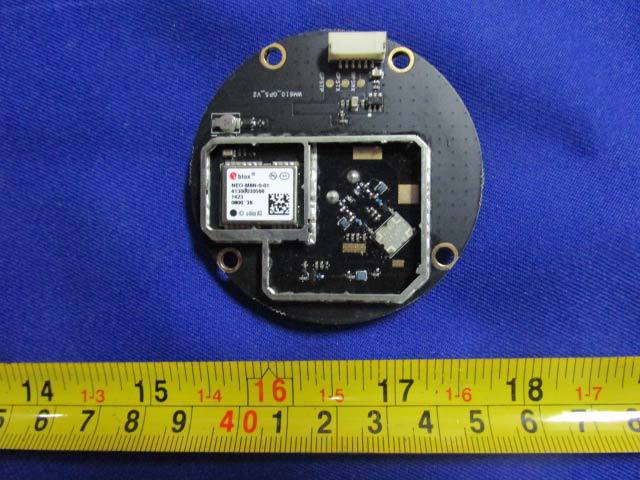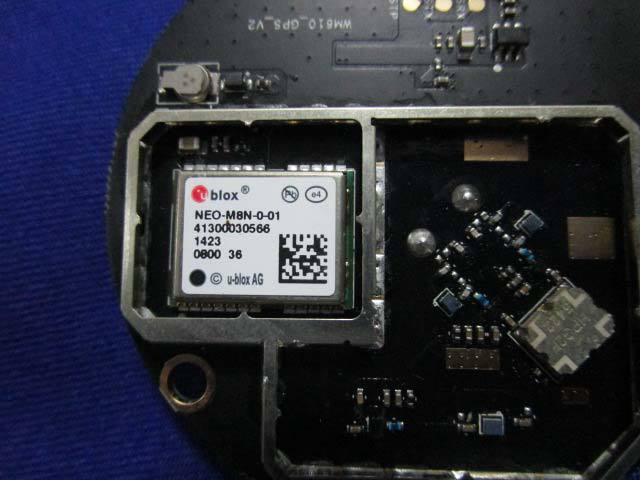- Joined
- Jul 23, 2014
- Messages
- 92
- Reaction score
- 18
Howdy...
I think there's a lot of misunderstanding about what the various sensors 'do' on the DJI Quads (maybe by me), which makes people say things like 'I had a flyaway... my compass was off'.... This makes no sense to me, but maybe I'm way off base myself... So, to spur the debate... Here's what I understand...
There are basically 4 sensors (not including the vision system) in the Inspire... IMU, Compass, barometer, and GPS.
The IMU keeps the bird level (which is why there is drift in Atti mode), and can also detect acceleration in various directions.
The compass is directional, which will keep the bird point the right direction, and flying in a straight line.
The GPS is positional, and is intended to keep the bird in the same spot, barring user input on the joystick.
The barometric sensor is designed to (along with the GPS) maintain a constant altitude (barring user input).
So, if you're seeing the Inspire spin slowly by itself, or not fly in a straight line... that's a compass issue...
... but I don't think a flyaway is going to be cause by compass problems, as it's not a positional system. More likely, it's either a faulty GPS reading (the bird is trying to get somewhere else) which can be solved by switching to atti mode, or it's an IMU problem, which is worse, because if the Inspire doesn't know what level is, it can fly off at any speed and in any direction, and you can't really fix this by switching to atti mode.
You can tell if the fly away was caused by GPS or IMU if you have video recording, because with a GPS problem, the camera will stay level, but with an IMU issue, the camera will tilt to whatever the IMU thinks 'level is...
So, to summarize my ridiculously long post..
1) Yaw or spin issues while stationary or in straight flight - Compass problem
2) Altitude holding problems (rare) - Barometric Sensor problem
3) Fly away or loss of control with level camera - GPS issue
4) Fly away with tilted camera - IMU issue.
also, there could easily be combinations of the two...
Lastly... the Inspire 'should' be able to fly in a very stable manner with a poor GPS signal and poor compass calibration... In fact, in previous quads I've owned, you can turn the GPS and compass off all together with no ill effects... However, the IMU is the 'critical' component and without a stable IMU sensor, the bird will be fighting you at best, and uncontrollable at worse...
I welcome your thoughts and expansions on my lengthy dissertation...
Best,
Ben
I think there's a lot of misunderstanding about what the various sensors 'do' on the DJI Quads (maybe by me), which makes people say things like 'I had a flyaway... my compass was off'.... This makes no sense to me, but maybe I'm way off base myself... So, to spur the debate... Here's what I understand...
There are basically 4 sensors (not including the vision system) in the Inspire... IMU, Compass, barometer, and GPS.
The IMU keeps the bird level (which is why there is drift in Atti mode), and can also detect acceleration in various directions.
The compass is directional, which will keep the bird point the right direction, and flying in a straight line.
The GPS is positional, and is intended to keep the bird in the same spot, barring user input on the joystick.
The barometric sensor is designed to (along with the GPS) maintain a constant altitude (barring user input).
So, if you're seeing the Inspire spin slowly by itself, or not fly in a straight line... that's a compass issue...
... but I don't think a flyaway is going to be cause by compass problems, as it's not a positional system. More likely, it's either a faulty GPS reading (the bird is trying to get somewhere else) which can be solved by switching to atti mode, or it's an IMU problem, which is worse, because if the Inspire doesn't know what level is, it can fly off at any speed and in any direction, and you can't really fix this by switching to atti mode.
You can tell if the fly away was caused by GPS or IMU if you have video recording, because with a GPS problem, the camera will stay level, but with an IMU issue, the camera will tilt to whatever the IMU thinks 'level is...
So, to summarize my ridiculously long post..
1) Yaw or spin issues while stationary or in straight flight - Compass problem
2) Altitude holding problems (rare) - Barometric Sensor problem
3) Fly away or loss of control with level camera - GPS issue
4) Fly away with tilted camera - IMU issue.
also, there could easily be combinations of the two...
Lastly... the Inspire 'should' be able to fly in a very stable manner with a poor GPS signal and poor compass calibration... In fact, in previous quads I've owned, you can turn the GPS and compass off all together with no ill effects... However, the IMU is the 'critical' component and without a stable IMU sensor, the bird will be fighting you at best, and uncontrollable at worse...
I welcome your thoughts and expansions on my lengthy dissertation...
Best,
Ben






